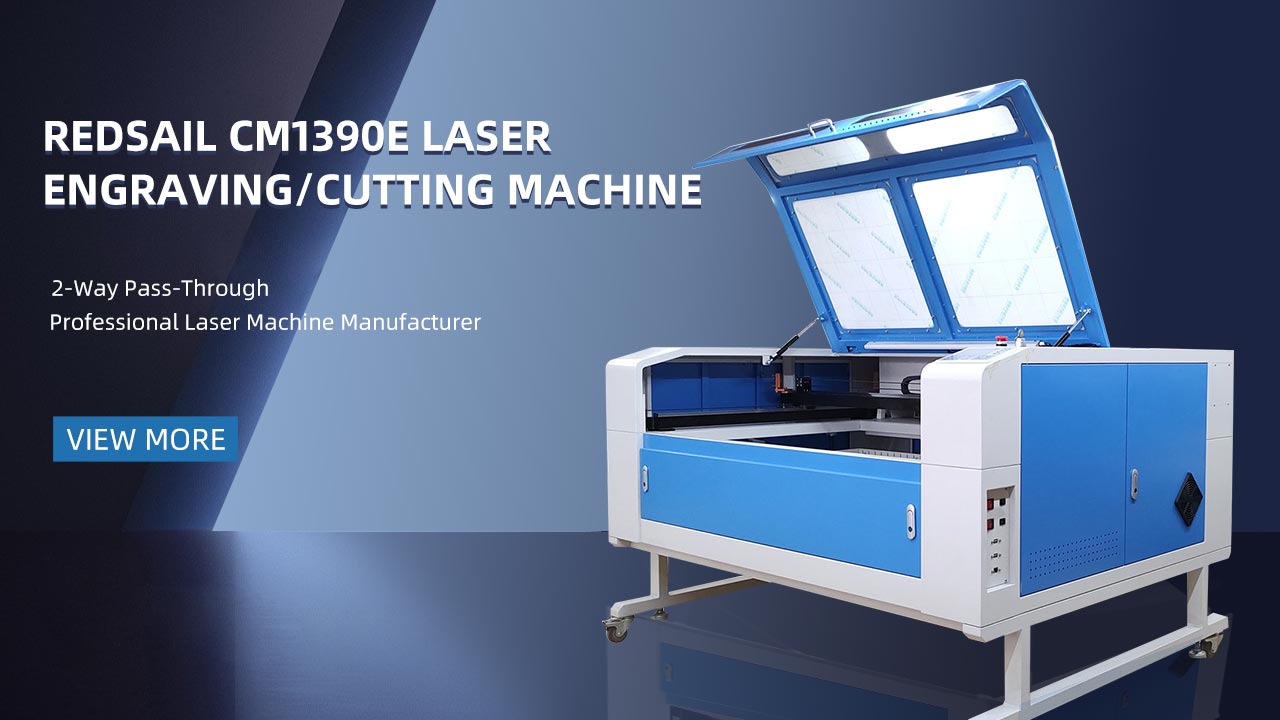Judging the quality of laser cutting machine cutting is an intuitive way to judge the performance of laser cutting equipment. Here are some nine criteria for judging.
- roughness. The laser cutting section will form vertical lines. The depth of the lines determines the roughness of the cutting surface. The shallower the lines, the smoother the cutting section. Roughness affects not only the appearance of the edge, but also friction, and in most cases it is desirable to minimize roughness, so the lighter the grain, the better the cut.
- Verticality. If the thickness of the sheet metal exceeds 10mm, the verticality of the cutting edge is very important. As you move away from the focal point, the laser beam becomes divergent and the cut widens towards the top or bottom depending on the position of the focal point. The cutting edge deviates from the vertical line by a few hundredths of a millimeter, the more vertical the edge, the higher the cutting quality.
- Cutting width. Generally speaking, the kerf width does not affect the cutting quality. It only has an important influence when forming a very precise contour inside the part. This is because the cutting width determines the small inner diameter of the contour. When the thickness of the plate increases, the cutting width also increases with the increase. Therefore, in order to ensure the same high precision, no matter how large the incision width is, the workpiece should be constant in the processing area of the laser cutting machine.
- texture. When cutting thick plates at high speed, the molten metal will not appear in the incision below the vertical laser beam, but will be sprayed out behind the laser beam. As a result, curved lines are formed on the cutting edge, and the lines closely follow the moving laser beam. To correct this problem, reducing the feed rate at the end of the cutting process can largely eliminate the line formation.
- glitch. The formation of burrs is an important factor that determines the quality of laser cutting. Because the removal of burrs requires extra work, the severity and amount of burrs can intuitively judge the quality of cutting.
- material deposition. The laser cutting machine encounters a layer of special oil-containing liquid on the surface of the workpiece before starting to melt and perforate. During the cutting process, due to gasification and various materials are not used, customers use wind to blow off the cut, but upward or downward discharge will also form deposits on the surface.
- Pitting and corrosion. Pitting and corrosion can adversely affect the surface of the cut edge, affecting appearance. They appear in cutting errors that should normally be avoided.
- heat affected zone. In laser cutting, the area along the vicinity of the cut is heated. At the same time, the structure of the metal changes. For example, some metals harden. Heat-affected zone refers to the depth of the area where the internal structure changes.
- out of shape. If the cut heats the part sharply, it will deform. This is especially important in fine machining, where contours and webs are often only a few millimeters wide. Controlling the laser power and using short laser pulses can reduce part heating and avoid deformation.





